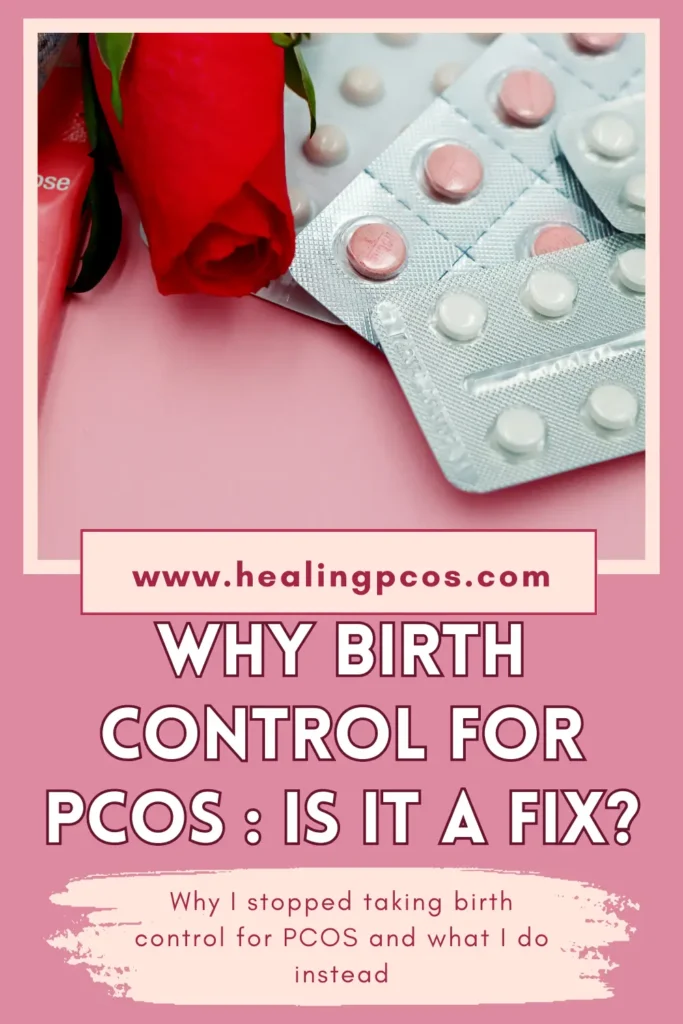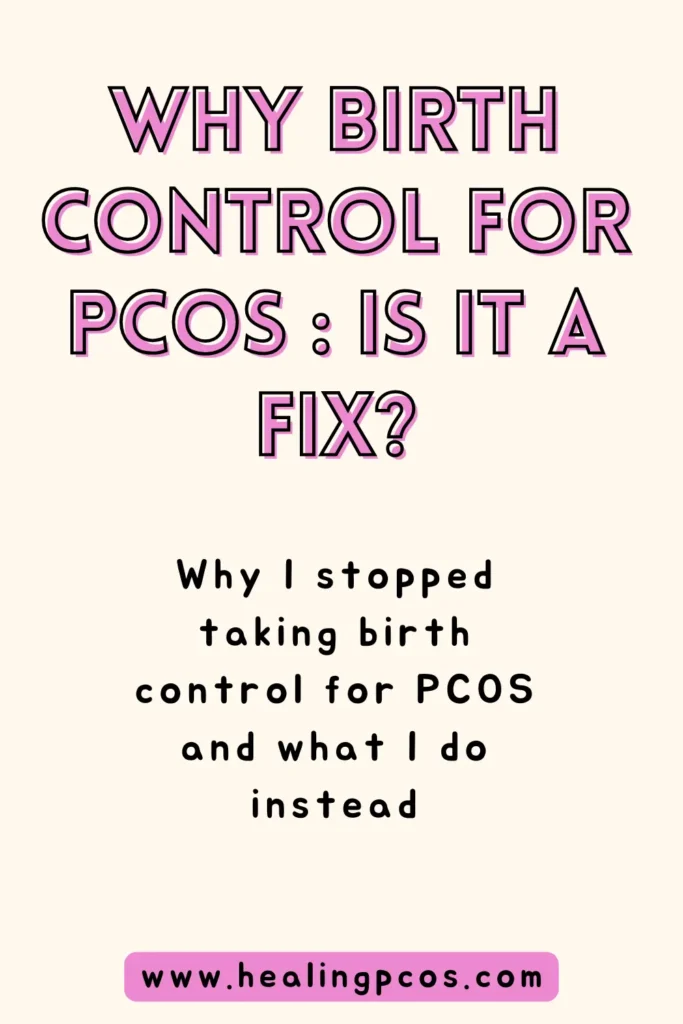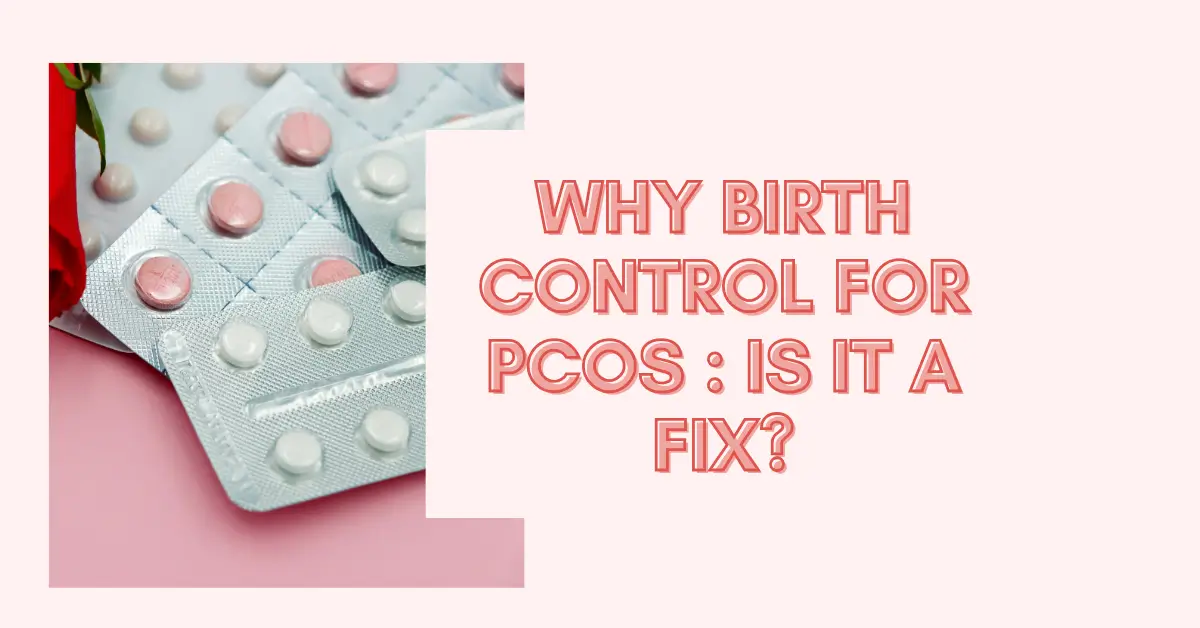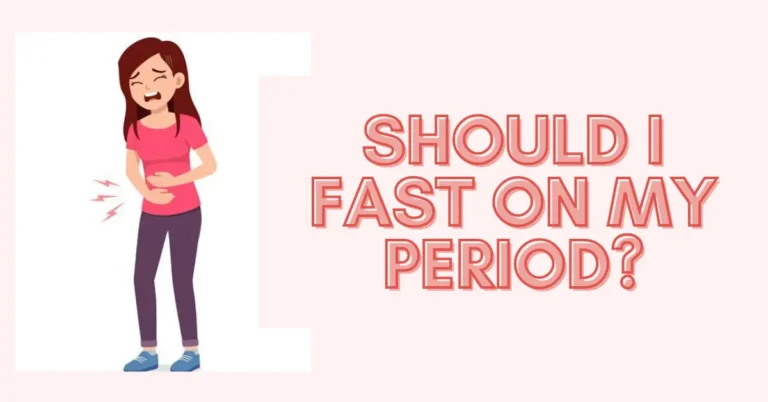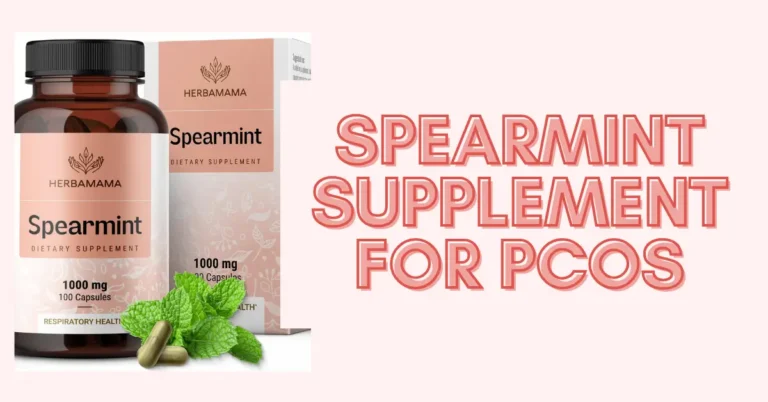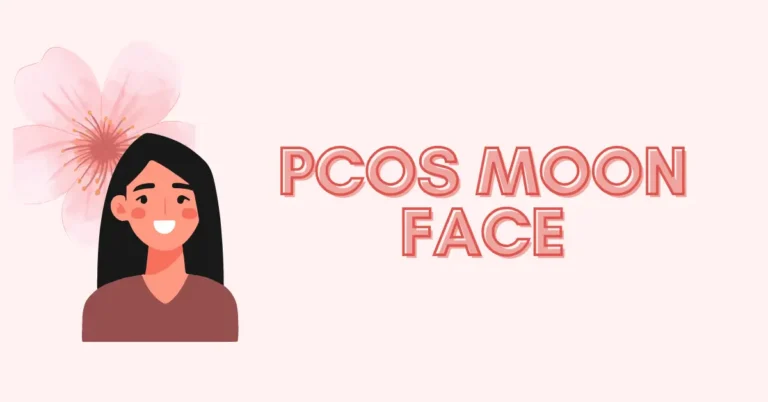Why Birth control for PCOS : Is it a Fix?
In this post I am going to be sharing my thoughts on birth control for PCOS and what experts say. If you have PCOS, chances are your doctor has handed you a prescription for birth control and told you it will “regulate your cycle.”
I’ve been there. At 19, I was diagnosed with polycystic ovary syndrome (PCOS) after struggling with irregular periods, acne, and unexpected weight gain. The first solution? Birth control.
For years, I believed it was the only way to manage my symptoms. My periods were predictable, my acne improved (somewhat), and I felt like I had things under control. But as soon as I stopped taking it, everything came back—worse than before. That’s when I realized birth control wasn’t fixing my PCOS; it was only masking the symptoms.
If you’re wondering whether birth control for PCOS is the right long-term solution, let’s break down why it’s not a true fix and what you can do instead.
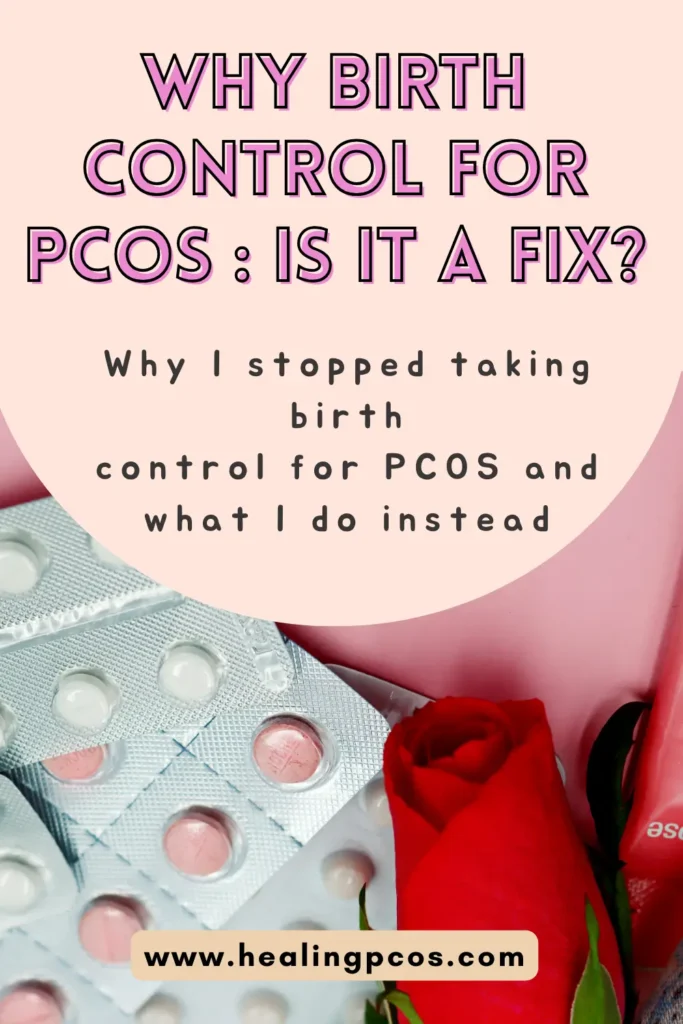
Birth Control Masks the PCOS Symptoms
Birth control pills work by shutting down ovulation and artificially providing your body with estrogen and progestin. This can make it seem like your cycles are “regular,” but in reality, it’s not a true menstrual cycle—it’s a withdrawal bleed.

Here’s why birth control isn’t fixing the root issue:
It doesn’t help with insulin resistance, which is the real culprit behind many PCOS symptoms.
It stops ovulation rather than supporting healthy ovulation.
It can worsen metabolic issues by depleting key nutrients like B vitamins, magnesium, and zinc, which are crucial for hormone balance.
Many women experience a return of symptoms, sometimes worse, after stopping the pill.
According to the publication Current Drug Safety, long-term use of oral contraceptives may contribute to insulin resistance, which is already a struggle for many women with PCOS.
If birth control isn’t the answer, what should you do instead?
The Best Alternative: Ovasitol
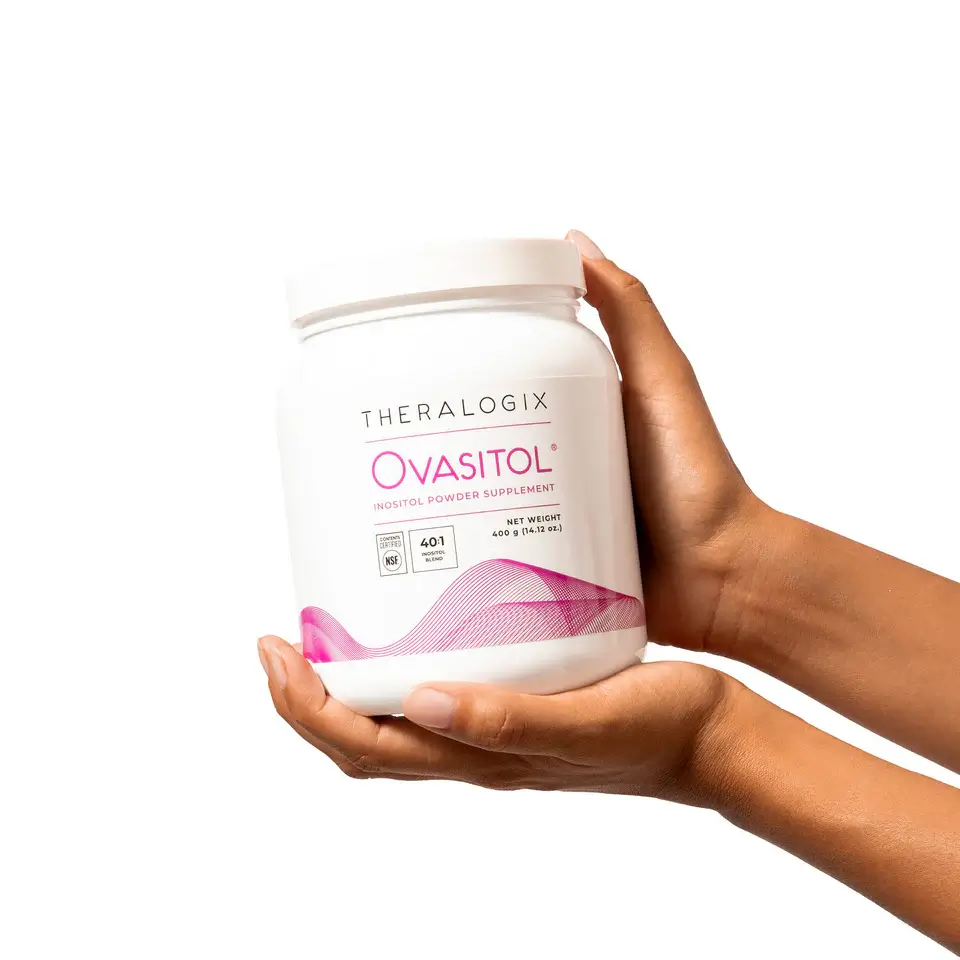
Instead of masking symptoms with birth control, I started looking into natural ways to balance my hormones. That’s when I discovered Ovasitol, a combination of myo-inositol and d-chiro-inositol in the ideal 40:1 ratio.
Ovasitol is a game-changer because it addresses the root cause of PCOS—insulin resistance—rather than just covering up symptoms. Unlike birth control, which suppresses ovulation, Ovasitol works to restore ovulation naturally.

According to the publication Clinical Endocrinology, inositol supplementation has been shown to improve ovulation and metabolic markers in women with PCOS (source: [link]).
Let’s talk about why this matters and the benefits of Ovasitol over birth control.
Benefits of Ovasitol for PCOS
1. Helps with Weight Loss
One of the biggest struggles with PCOS is weight gain that seems impossible to lose. Ovasitol has been shown to improve insulin sensitivity, which makes it easier for the body to use glucose efficiently rather than storing it as fat.
According to the publication European Review for Medical and Pharmacological Sciences, women with PCOS who took inositol for six months saw significant improvements in body weight and BMI (source: [link]).
Personally, I noticed that my body responded better to food. Instead of feeling like I was gaining weight despite my best efforts, my metabolism started working with me instead of against me.
2. Reduces Sugar Cravings
If you’re anything like me, sugar cravings hit hard—especially in the late afternoon and evening. This is largely due to insulin resistance, which causes blood sugar swings.
Ovasitol helps to stabilize blood sugar, reducing those intense cravings. I went from feeling like I needed something sweet after every meal to naturally choosing healthier options without feeling deprived.
3. Improves Acne
Hormonal acne is one of the most frustrating PCOS symptoms, and while birth control can sometimes improve it, it’s not a permanent solution. In many cases, acne comes back with a vengeance after stopping the pill.
Ovasitol supports balanced hormone levels, which can naturally reduce breakouts. Research in the Journal of Clinical Endocrinology & Metabolism found that inositol supplementation helped lower androgen levels, which contribute to hormonal acne (source: [link]).
I noticed my skin becoming clearer after about three months on Ovasitol, and unlike birth control, the results weren’t temporary.
Making the Switch: What to Expect
If you’ve been on birth control for PCOS and want to transition to a more natural approach, it’s important to be patient with your body. Here’s what helped me:
Supporting my liver with milk thistle and dandelion tea to help detox excess synthetic hormones.
Balancing blood sugar by eating protein and fiber with every meal.
Taking Ovasitol consistently (twice a day with meals for best absorption).
Prioritizing gut health with probiotics, since birth control can disrupt the gut microbiome.
It took a few months for my body to adjust, but once it did, I felt better than I ever had on birth control.
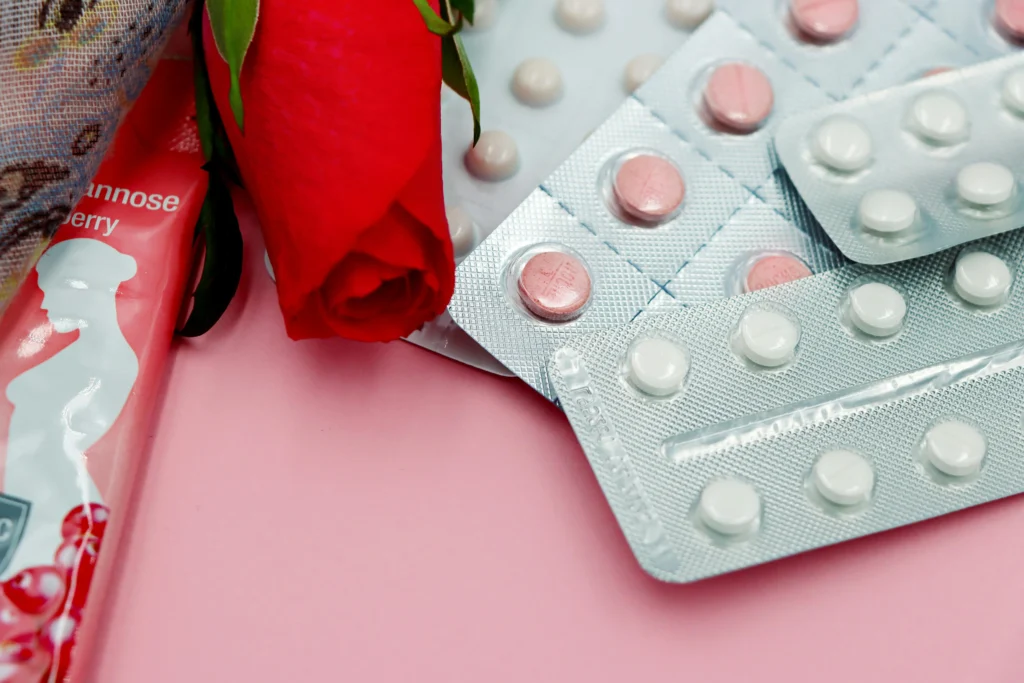
Final Thoughts: Healing PCOS Naturally
Birth control for PCOS might seem like the only option, but it’s not a true solution. If you want to manage PCOS long-term, addressing insulin resistance is key.
For me, Ovasitol was a game-changer. It helped me lose weight, curb cravings, clear my skin, and—most importantly—support my body’s natural hormone balance.
If you’re ready to move beyond just masking symptoms, focusing on nutrition, blood sugar balance, and supplements like Ovasitol can help you heal PCOS naturally.
